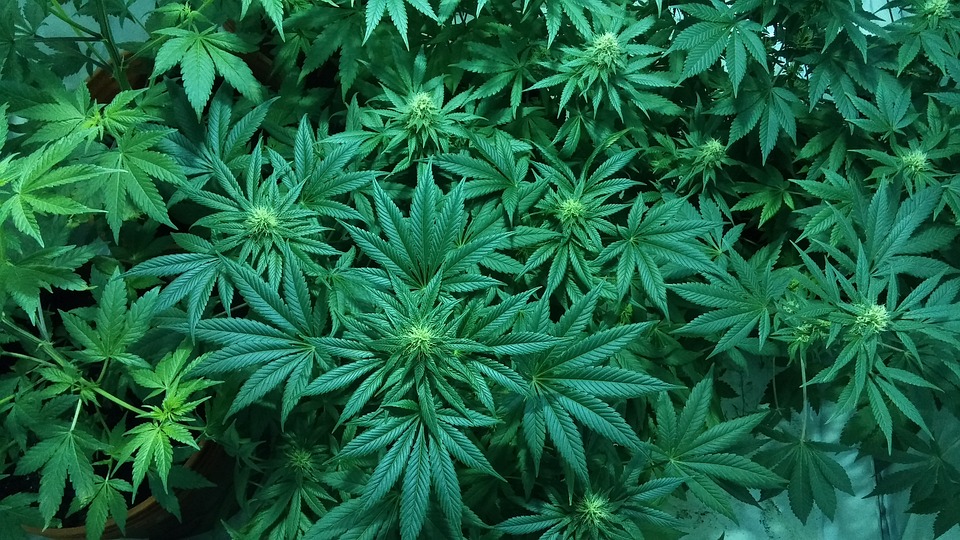Introduction
In recent years, home hydroponics has gained significant popularity among gardening enthusiasts and plant lovers alike.
This innovative gardening method revolutionizes the way we grow plants by eliminating the need for soil and allowing plants to thrive in nutrient-rich water solutions.
This article explores the world of home hydroponics and uncovers how it is changing the gardening game.
The Basics of Home Hydroponics
Home hydroponics involves growing plants without soil, using various systems and techniques to provide plants with the necessary nutrients in a controlled environment.
The process typically includes submerging plant roots in a nutrient solution, delivering oxygen directly to the roots, and ensuring adequate lighting for photosynthesis.
Benefits of Home Hydroponics
Home hydroponics offers several advantages over traditional soil-based gardening:
- Space efficiency: Hydroponics systems can be set up in small spaces, allowing homeowners to grow a wide variety of plants even in limited areas.
- Water conservation: Hydroponics uses significantly less water than traditional gardening methods since it recirculates and reuses water in a closed system.
- Higher yields: With optimal nutrient delivery and controlled environmental conditions, hydroponic plants often grow faster and produce higher yields compared to traditional gardening.
- No soil-related issues: Home hydroponics eliminates problems such as pests, diseases, and weeds commonly associated with soil-based gardening.
Getting Started with Home Hydroponics
If you’re interested in venturing into home hydroponics, here are some essential steps to guide you:
- Choose a system: Research and select a hydroponics system that suits your needs and available space. There are various systems such as nutrient film technique, deep water culture, and aeroponics.
- Select plants: Determine which plants you want to grow hydroponically. Leafy greens like lettuce, herbs, and small fruits like strawberries are excellent options for beginners.
- Setup equipment: Assemble the necessary equipment including a reservoir, growing medium, nutrient solution, lighting system, and ventilation system.
- Plant propagation: Start your plants from seeds or purchase small seedlings to transplant into your hydroponics system.
- Maintain and monitor: Monitor the nutrient solution’s pH and nutrient levels regularly, ensuring they remain within the optimal range for your chosen plants. Also, maintain proper lighting, temperature, and humidity for the best results.
Future Prospects of Home Hydroponics
Home hydroponics has gained significant attention due to its many benefits and ease of use.
As technology advances and more people embrace sustainable and efficient gardening methods, the future of home hydroponics looks promising.
Researchers and innovators are developing new systems and techniques to optimize plant growth, leading to more widespread adoption and increased crop diversity in the near future.
FAQs
Q: How expensive is it to set up a home hydroponics system?
Setting up a basic home hydroponics system can range from affordable to moderately expensive, depending on the size and complexity of the system you choose.
However, the initial costs can be offset by the potential savings in water usage and increased yields.
Q: Can I grow any type of plant using hydroponics?
While most plants can be grown hydroponically, some are better suited for this method than others.
Leafy greens, herbs, tomatoes, peppers, and strawberries are popular choices for home hydroponics.
However, plants with large root systems or deep tap roots may not be suitable.
Q: Is home hydroponics suitable for beginners?
Absolutely! Home hydroponics can be a great option for beginners.
It may require some learning and experimentation, but there are numerous resources available, including guides, online communities, and gardening forums, to help you get started and troubleshoot any issues you encounter.




